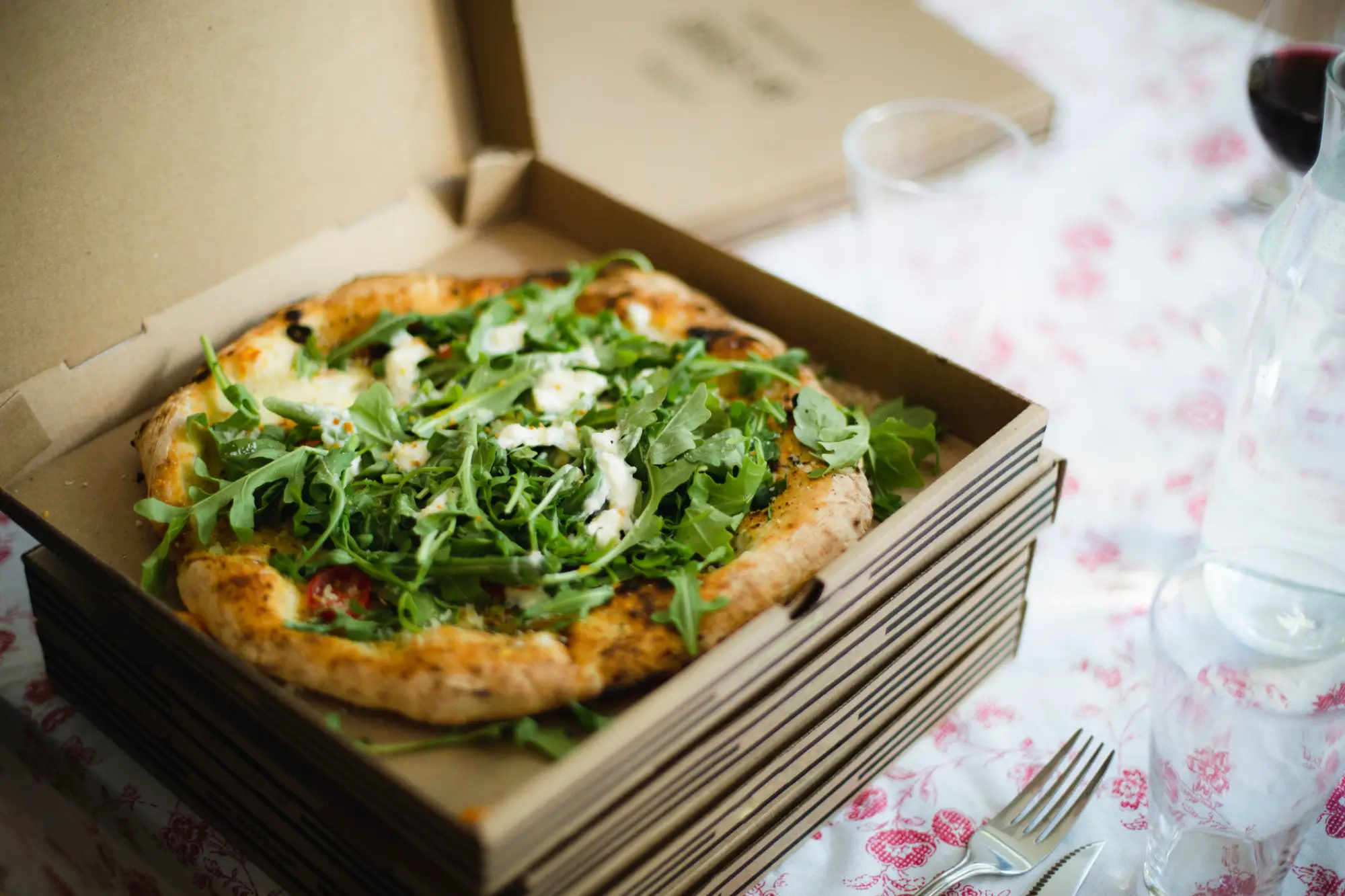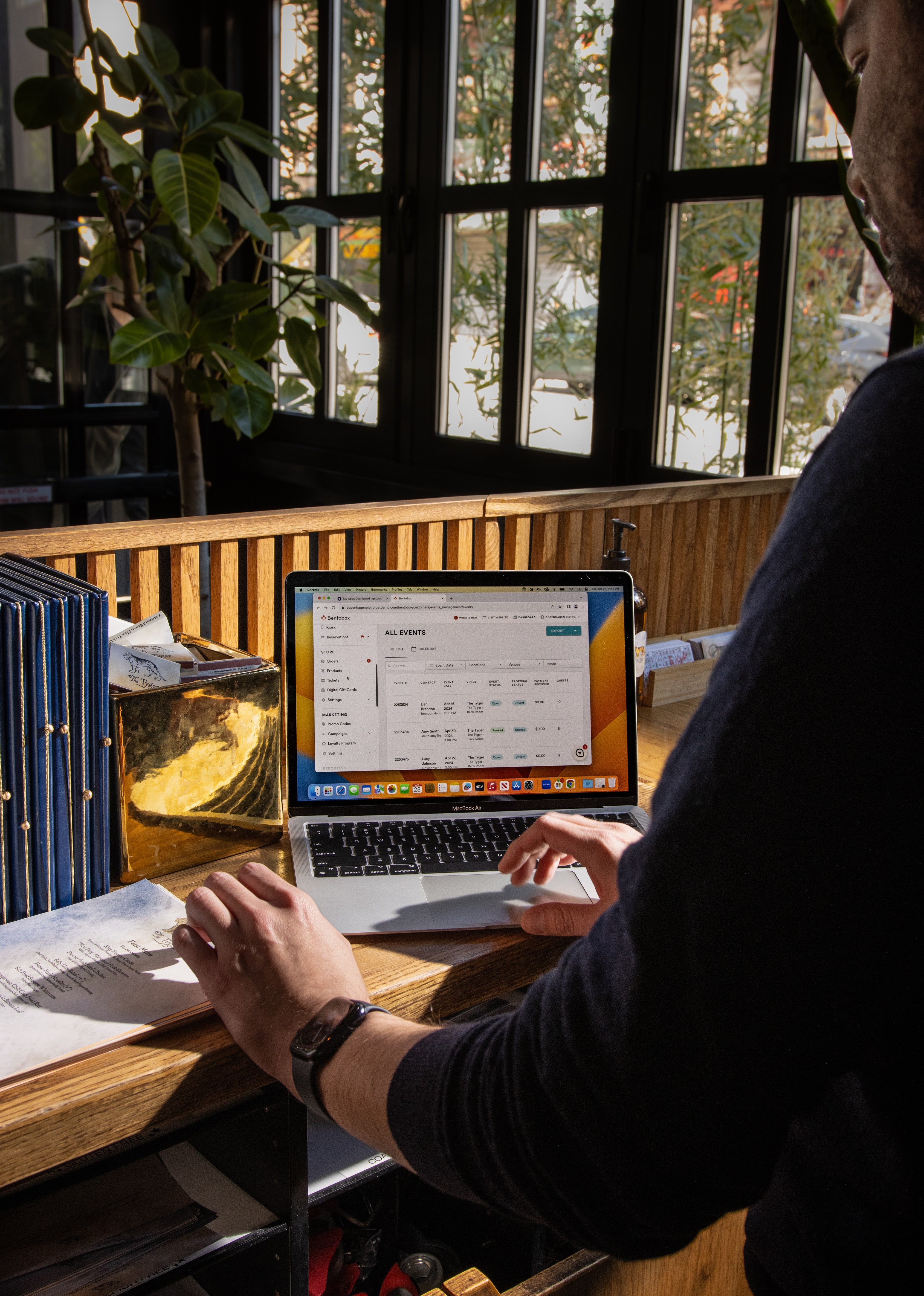Operations
Takeout and Delivery: Best Practices for Restaurant Operators
April 22, 2020
Maintaining safety guidelines, packaging best practices and what items travel better than others.
As the impact that COVID-19 has had on the hospitality industry continues, restaurants have pivoted to takeout and delivery models, many through online ordering platforms. But not all restaurants are built for pick-up and delivery services and not all menus are designed with packaged travel in mind. Here are some tips for restaurants that are already offering takeout, and for restaurants that are taking steps to begin their takeout operations.
How to Safely Handle Food for Pick-up & Delivery
Before we dive in, let’s discuss safety. All restaurants must be more stringent than ever on safely handling all of the normal aspects of working in a restaurant. It’s incredibly important to prevent the spread of coronavirus, while also ensuring quality offerings. Here are a few things to note on safety during this time:
When it comes to pickup and delivery, encourage all payments to be hands-free, with minimal interactions. Offer contactless dropoff or pick-up, aligning with social distancing best practices.
For pick-ups in stores, limit the number of people inside your restaurant. Social distancing guidelines require 6 feet or more between individuals.
Encourage curbside pick-up if it works for your space. Many restaurants are gravitating toward this model, as it eliminates unnecessary person-to-person contact between your employees and your customers.
Clean and disinfect high-touch surfaces, packaging and tools using an EPA (Environmental Protection Agency)-registered product. Always refer to a product’s label for directions for use.
Check-in with your employees and assess their health. Take their temperature when they arrive before their shifts. If they’ve exhibited any symptoms, ask them to stay at home until they feel well enough to return.
Require your employees to wear masks or facial coverings as well as disposable gloves throughout their shifts.
According to the FDA (Food and Drug Administration), there is no evidence of food or food packaging being associated with the transmission of COVID-19.

PRODUCT
Online Ordering for Restaurants
Drive more revenue with unified, branded, commission-free online ordering.
Revisit Your Restaurant’s Menu
Evaluate what type of cuisine you serve and the style of service you offer. Historically, certain cuisine types tend to do well in both a traditional service setting as well as for takeout or delivery. Pizza and Chinese takeout are classic items for pick-up and delivery and hold true in transport. The same might not be said for fried items such as french fries, even items that are tossed or exist in a sauce might not translate as well to takeout or delivery. Temperature and humidity changes, as well as, excessive movement are some of the biggest culprits to the loss of food quality in the delivery process.

What If Your Menu Isn’t Built for Takeout?
If your menu items aren’t designed well for takeout or delivery, you’ll want to offer your guests the same level of service and quality as you usually would. Find the items that do travel well and adjust your menu accordingly. If you usually offer pages of items, consider taking it down dramatically. Right now your guests are looking for ways to support you while also getting a satisfying meal. Keep it short and simple.
Eliminate Embellishments
One of the greatest aspects of being a chef, or cooking in general, is being creative with your ingredients and producing delicious works of art. Unfortunately, the little details that may inspire your guests to take photographs or those that attribute to critical acclaim aren’t essential. For successful takeout and delivery programs, find ways to add embellishment in flavor and quality. What ways can you continue to deliver reputable value while being consistent and quality? Remember that your menu items have to hold up while in transport.

Foods That Travels Well
Pizza - Pizza tends to maintain temperature, with melted cheese and a crispy crust. Typically carried in a cardboard box, it’s free of the potential leaching of chemicals that can be found in plastic containers.
Deli Sandwiches - Deli sandwiches are typically served cold or at room temperature, so they often don’t fall prey to fluctuations in temperature during the transportation process.
Pasta or most Noodle dishes - Pasta or noodle dishes, depending on the temperature they’re served in, are tossed right before they are packaged for takeout, ensuring that they’re served appropriately after delivery.
Salad - Salads tend to transport well as they’re served chilled or at room temperature. However, all salad dressings should be packaged and served separately for the best quality.
Burgers - Burgers often travel well when the condiments and buns are separated from the burger itself. Your guests can assemble it upon delivery, ensuring great quality and satisfaction.
Soups - Soups travel well as they’re easy to reheat if they lose optimal heat in the transportation process.
Additional Tips - consider offering self-assembled taco kits to ensure they’re fresh for your guests. Sell meal kits similar to Colonia Verde, that guests can cook or reheat in their home. Hart’s sells ready-to-roast chickens, bottled negronis and more through their online store.
Packaging Best Practices
Fundamentally, using the right packaging is necessary for maintaining the health of your guests. Packaging and containers protect guests’ meals from potential contamination when in route. This is particularly important at this moment in time.

If you have the items in mind that you look to offer for takeout and delivery, it’s now time to think about the best ways to get them to your customer. Here are a few key best practices to follow:
Tamper-proof packaging is in high-demand from customers, especially during these pandemic times. It ensures your customers’ safety and peace of mind, leading to a greater trust in your restaurant if they’re a first time diner.
Good packaging helps control the food’s temperature, ensuring that dishes meant to be served warm are served as such. The wrong temperature will leave any guest less-than-satisfied.
Use eco-friendly packaging as much as possible. Not only is it better for the environment, but more consumers also prefer it over less environmentally-friendly options. Aligning yourself with your customers’ values will only further brand loyalty and repeat business.
Next Steps
Now that you’ve considered what options you can best provide for your customers when it comes to takeout and delivery, it’s time to get started. Online ordering is more important than ever to continue serving your guests while keeping needed cash flowing to your business during this challenging moment in time. If you’re interested in learning more about online ordering for your restaurant, get in touch with someone from our team here: getbento.com/signup or if you currently partner with us, get in touch with your account manager to learn more.

BentoBox Marketing & Commerce Platform
Deliver Smarter Hospitality
Want to stand out online, bring in more money, engage your diners, and streamline operations?
Recommended

Interview
The Federal Stimulus Bill and Your Restaurant
April 3, 2020
Our Q&A with Lee Jacobs of Helbraun Levey plus answers to your FAQs

COVID-19
Restaurant Marketing Tips: How To Promote Reopening and Increase Sales
April 14, 2021
As restaurants reopen, operators will need to promote latest operations to drive business through website, email and social media


